Taimu Mountains
Taimu Mountain is located in the northeast of Fujian Province. It is 45 kilometers south of Fuding City from the urban area. It is about 120 degrees longitude in the East and 27 degrees latitude in the north. Standing on the coast of the East China Sea, facing the sea on three sides and backing mountains on one side. The main peak is 917.3 meters above sea level.
Legend has it that in Yao Dynasty, the old mother planted blue (blue grass, its juice blue, pressed to dye cloth and silk) in the mountains, and when she met Taoist priests, she became immortal, so she was named "Taimu" and later renamed "Taimu". Fujian people call "Tai Grandma" and Wuyi "Shuangju", while Zhejiang people regard "Tai Grandma" and "Yandang" as "Kunzhong". According to Lu Yu's "Tea Classic", there are "White Tea Mountain" in the east of Yongjia County. According to textual research, this "east" is a mistake of "south", and "south 300 li" is Taimu Mountain. Taimu Mountain, a key national scenic spot and national geological park, is located in Fuding City, Fujian Province, on the border between Fujian and Zhejiang Province. It is 118 kilometers north of Wenzhou, Zhejiang Province, and 200 kilometers south of Fuzhou, Fujian Province. It is located on the coast of the East China Sea, with its interdependent mountains and seas and its proud elevation. Legend has it that the immortals of the East China Sea gather here all the year round, so they have the reputation of "the immortal capital of the sea". It looks north at Zhejiang Yandang and west at Fujian Wuyi, which are the tripartite momentum. Fujian people call Wuyi and Tai Grandma as Shuangju. Zhejiang people regard Yandang and Tai Grandma as Kunzhong, forming three famous mountains in Fujian and Vietnam. Taimu Mountain rock is coarse-grained granite, which belongs to the late Yanshanian period and is the product of Cretaceous geological history. It is about 90 million to 100 million years ago. Geomorphology is a small-scale peak forest type, which is the only peak forest landform developed on the granite hills in China. It is also the only peak forest landform on the Jingdong granite belt in China.
Taimu Mountain is located in the south of Fuding City, Fujian Province. Standing on the coast of the East China Sea, facing the sea on three sides and backing mountains on one side. Looking at Yandang Mountain in the north and Wuyi Mountain in the west, the three become tripartite momentum.
Legend has it that the old mother orchid in the mountains when Yao met Taoist priests and became immortal, so it was named "Taimu". Emperor Wudi of Han ordered Dongfangshuo School to change "mother" to "grandmother".
Fujian people call Taimu and Wuyi "Shuangju", while Zhejiang people regard Taimu and Yandang as "Kunzhong".
In the Tang Dynasty, Lin Song built the Caotang here and read among them, so it is also called Caotang Mountain.
Fengling cascades, strange rocks, everywhere is the scene, change scenery step by step. The ancients have a poem praised: "Tai Grandma has no vulgar stones, all of them are God-made, as everyone knows, everything is in the chest."
The total area of the scenic spot is 92 square kilometers, which is divided into five scenic spots: Taimu Mountain, Jiulixi Waterfall, Qingchuan Seaside, Sangyuan Cuihu Lake and Fuyao Islands, and two independent scenic spots, Lengcheng Castle and Ruiyun Temple. Have mountains and rivers.
Many natural landscapes, such as stone wonders, caves, streams and waterfalls, as well as rich cultural landscapes such as ancient temples and steles. According to the investigation of geological department, Taimu rock is coarse-grained granite, which belongs to the late Yanshanian period. It is the product of Mesozoic Cretaceous in geological history, which is about 90 million to 100 million years ago.
Because of the change of the crust and the rise of the ocean, the vertical joints of the three groups of east, west, north, South and near horizontal developed, forming a crisscross of cliffs, peaks and caves. After millions of years of wind and rain erosion, water erosion, it slowly formed today's abrupt strange peaks and rocks.
Taimu Mountain was very prosperous in the Tang and Song Dynasties. There were 36 monasteries in the South and north of the mountain. Among them, Guoxing, Ruiyun, Lingfeng, Bajiao, Tianwang and other monasteries were the largest.
Guoxing Temple was built in the four years of Tang and Qianfu (877). There are 360 stone pillars on the site. There are Lengga Pagoda and Shichi in front of the temple. This shows the scale of the temple at that time.
Yuhu Temple is Zhuxi Caotang, a Confucian scholar of Song Dynasty, and Xuanqidong is Zhuxi's hermitage. In the mountains, there are dozens of famous stone inscriptions such as "the first mountain in the world", "the great view of mountains and seas" and "the Buddhist land of Tao Xian". Qinyu Town under Taimu Mountain is one of the heroic positions in Fujian coastal anti-Japanese war in Ming Dynasty. It is known as "Wanguxiong Town". In 1988, Mount Taimu, in the name of Fujian Taimu Mountain Scenic Spot, was approved by the State Council to be listed in the second batch of national scenic spots.
As the second batch of national key scenic spots, Taimu Mountain has an ornamental area of 92.02 square kilometers and a protected area of 200 square kilometers. It is characterized by a granite peak forest cave, which integrates mountains, seas, rivers and human landscapes. It has natural landscapes such as steep peaks, rocky rocks, strange caves, beautiful streams, rapid waterfalls, cloudy illusions and ancient temples. Stone carvings, cliff stele carvings and other rich cultural landscapes are well-known.
There are five scenic spots such as Taimu Mountain, Jiulixi Waterfall, Qingchuan Seaside, Fuyao Islands, Sangyuan Cuihu Lake and two scenic spots such as Lengcheng Castle and Ruiyun Temple.
Taimu Mountain is a granite with over 360 stone sceneries of various forms formed by long-term weathering. Some are like human beings, such as couple peaks, two Buddhas talking about sutras, two immortals playing games, Maitreya Tan belly, Shami worship moon, Luohanyan, Bajieshi, etc. Some are like nine carps facing the sky, fairy saw board, turtle climbing wall, jade monkey mirror, golden cat and rat, jade rabbit listening to tide, Golden Chicken reporting dawn, a tile, ox back stone, etc. Some are mythical, such as Tai Grandma's ascending heavenly stone, marble, flying stone, Wangxianqiao and so on, all blocks of rocks are vivid and moving with different scenery.
The predecessors once praised: "Tai Grandma has no vulgar stones. Every one is like a god-worker. Everything is in her breast as everyone knows it." Especially, the two groups of landscapes of "Nine carps facing the sky" and "Two Buddhas Talking about Sutras" stretch for thousands of meters and have great momentum.
There are more than 100 caves in Mount Taimu. It takes 28 days to traverse the caves, and one day for some caves to enter and exit. These caves have their own characteristics, and among them the most magical ones are the first line of sky, the seventh star cave and the eighteen general caves.
Honor
At 23:00 Beijing time on October 3, 2010, news came from the World Geopark Review Conference held by UNESCO in Lesvos Island, Greece. The Ningde Geopark, which was jointly organized by Baishuiyang, Yuanyangxi, Taiguo Mountain in Fuding and Baiyun Mountain in Fuan, was officially listed as UNESCO World Geopark. Park network directory, won the title of "Ningde World Geopark".
On the morning of October 11, 2013, the National Tourism Administration held a licensing ceremony for 5A-level tourist attractions in Beijing. The conference awarded 10 scenic spots such as Taimu Mountain in Fuding as the honorary title of 5A-level tourist attractions.
National AAAAA scenic spot
National Scenic Spots
World Geopark
National Natural Heritage
When visitors enter Mount Taimu, it is like entering a large exhibition hall of contemporary world sculpture artists. There are thousands of giant sculptures, each with ingenuity, some Xiaoren, some portraits.
Such as "Eighteen Arhats Rock", "Immortal Sawboard", "Couple Peak", "Golden Cat and Mouse", "Jade Monkey Mirror", "Nine carp Chao Tian", "Two Buddhas Talk Sutras", "Turtle Climbing Wall", "Wei Tuo Ketian Gate"... 360 scenes are really "Tai Grandma has no vulgar stones, each is like a god-worker".
Especially the scenery of "nine carps chaotic to heaven" and "two Buddhas talking about sutras" is particularly unique. The stone of "nine carps chaotic to heaven" resembles nine carps leaping into space. The stone of "monk preaching sutras" is like a monk in a robe sitting on the Sutra altar holding a written version of the Sutra to the East China Sea.
This group of landscapes stretches for more than 1000 meters. They are magnificent and magnificent. If after a thunderstorm, the mountains and rivers are washed, the water is shining, and the sea is smooth as a mirror, holding out a group of deep and vertical peaks, one bright and one dark, with a strong contrast.
The winding coastline behind the peaks, the scattered islands, the rolling hills and the varied rhythmic terraces enhance the strength and vertical sense of the cliffs, forming a huge watermarking wood carved "mountain and sea view" map, which is both bold and meticulous. "Husband and wife peak" looks different from different angles! Because the peaks stand on top of each other, the rocks stand upright, the mountains rise and the valleys return, there are such wonders as "Echo Valley", "Three Sounds Response" and "Seven Sounds Response", which add infinite interest to visitors.
Because of the special geography, Tai Grandma not only has strange stones, but also has many deep and tortuous caves. There are more than one hundred holes of various kinds surveyed by relevant departments.
It takes 28 days to walk through so many holes, some of which take a whole day as soon as they enter and exit. These holes have their own characteristics, extending to the low places and directly to the sea, which is called "Tonghai Cave". Some of them expand upwards to reach the top of "Nine carps facing the sky", which is called "Tongtian Cave". Two rocks stand steeply, with attached stones, which are called "Seven Stars". Caves; wall-cutting and lane-clipping, see the sky as a line, say "a line of days"; annual dripping, say "dripping hole"; ruffled rocks stacked, the top of the cave is high and low, visitors need to bow their backs, say "three folds"; there are caves, magical unfathomable said "immortal cave"... there are caves in which the sun is visible, the cave can see the sea, caves. In the cave, there are Longtan. The small one can only accommodate a few people to have a rest. The big one can accommodate thousands of people. It can build buildings, terraces, pavilions and pavilions. Every summer hollow Valley Lansheng, dark fragrance floating, sometimes no, it is fascinating. For example, General's 18th Cave is a group of more than ten caves, which can be up, down, left and right. In the cave, we can see the sea and watch the sun. There are strange stones like camels and bamboo shoots. There are various forms, some of them are spiral downward rotation, some of them are upright, and the stone path is remote. There are not only "one line of sky", but also "three lines of sky", many dark springs, and Qing Dynasty. When sunlight enters the water, it reflects on the wall of the cave, just like the flowing clouds dancing, and the wonderful light and color bring visitors into the illusory world. Because of the movement of air flow, some caves are cold and windy, others are warm and warm. It's amazing to stand in one place and stretch out both hands. The feeling of cold and warm is different. In some places, the vines of ancient times struggled for sunshine, rain and dew, survived and stubbornly circled and tortuous, extending along the cave wall, weaving a vigorous "hymn". This "General's Eighteen Holes" takes two hours to get in and out. Visitors should walk in various movements, squatting, climbing, creeping and side. Some people refer to these movements as "Tai Grandma Fitness Exercise", with different postures, laughing and laughing all the way.
"Cloud across the wall thousands of dangers" is the true portrayal of Taimu Qifeng. Grandma Tai has 45 peaks, such as Fuding Peak, Crescent Peak, Bijia Peak, Xianyao Peak and Lianhua Peak, all of which are between 500 and 900 meters. Especially when crossing Niubeishi on Tianmenling Mountain and overpass on Shangtuojiuling Mountain, it is even more dangerous. Some people have to climb, but some people have to explore and win in this adventure. After the dangerous peak, the extreme sight of thousands of miles, the weather is thousands, there is a sense of infinite scenery. Fuding Peak is famous for its shape, and Fuding County's name comes from it. On a sunny day, we climb to the top of the mountain. We can see the vast and boundless sea in the east. We can see all the islands and islands. Crescent Peak is also known as the Sun Peak. It can watch the sun in the morning and the moon at dusk. It is a good place to watch the rising of the moon. "Looking at Fusang Shadow in clothes, watching Tianmen in the sun is not enough clouds." Looking at the sun on Mount Taimu, we can see a spectacle of the red sun rising from the sea with great momentum. This is rare in other scenic spots. Chen Zhongqin's Taimu Mountain diary: "Taste the top of Mount Taishan's Daily View Taihua, see different things, but far away from the sky and the open sea, this is the first place." Watching the moon at night, the mountains are hazy and rocky, and there is another kind of interest.
People who visit Tai Grandma often say that Tai Grandma lacks water scenery, but in fact, Tai Grandma Mountain, the mountain lining the sea, Haituo Mountain, known as the "sea fairy capital", not only looks at the mountains, but also at the sea, reflecting each other, is magnificent. Taimu Mountain has many narrow valleys and caves, with little water on the ground. After a heavy rain, about two hours, surface water flows into the cave, merging into various dark springs and waterfalls, rippling water, tinkling dripping water, such as pipa, zither flick, visitors can listen to spring sounds silently in the cave, enjoy water fun and enjoy endless fun. There are many dark springs in the mountain streams. Because of the echo effect in the cave, tourists can hear different kinds of water sounds in different locations and angles. Some rustle, some rustle and singing are wonderful. It can wash away all the worries in your chest. There are Dongzhuang Waterfall, Xizhuang Waterfall, Jiulixi Waterscape on both sides of Grandma Tai. Longtan Lake has been built at the rear Longtan Cave of Guoxing Temple. Nine carps are facing the sky and eighteen Luohan Rocks are reflected in the water. The scenery of the lake and the mountain is for people to enjoy. There are some mineral water coming out of granite crevices or springs, which is pleasant and refreshing. Therefore, Taimu is not water-free. The water in the cave is more wonderful than the water on the ground. Tai Grandma is foggy in the sea, 360 days a year, foggy season up to more than 100 days, the ancients praised Tai Grandma Mountain: "Variable clouds and fogs make wonders." There are clouds and mists in the mountains, so there are inspiration. Taimu Mountain has strange rocks, dangerous peaks, different caves, dark water, and sometimes light clouds and mists, which makes Taimu's peaks more mysterious. Sometimes the blue gauze Cape makes them more beautiful. Sometimes it is deep in the clouds and mists, and it is ready to breathe out. Sometimes the heavy fog fills the sky, and only the bell sounds deep in the white clouds make people like Wonderland in spring and summer. At the turn of the year or at the beginning of the sunny day after the rain, the mountains and landscapes are all in one place, forming a vast sea of clouds, stretching the horizon directly. At present, the peaks appear among the waves, disappear from time to time, float from time to time, sink from time to time, just like tramping waves. Especially in spring and winter, when the sea fog comes, it is more like the surging waves, the surging waves, and for a time the whole mountain is hidden in the clouds and mists. In autumn, the air is high and refreshing. In the morning and dusk, a few mists cover the top of the mountain, or a few wisps of hills circle around the peaks. The sunshine passes through the mist, bright and harmonious. It is very beautiful.
Season
The Ningde area where Taimu Mountain is located belongs to the mid-subtropical oceanic monsoon climate with warm, humid and distinct seasons. It has many climatic characteristics, such as mountain climate, basin and valley climate. During the same period of spring and summer, the sunshine and temperature are mutually beneficial, the light energy is abundant, the heat is abundant, the rain is abundant, the four seasons are distinct, and the annual average temperature is between 14-19 degrees Celsius. April to December is the best time to travel every year.
If you want to see the red leaves of Taimu Mountain, the best time is in late November: there are two natural maple trees with an area of 250 mu in the ferry at the end of Yangjiaxi River in Xiapu County, southwest of the scenic spot. There are more than 100 mu of silvergrass beach in Linbian River. At the end of autumn and the beginning of winter, the maple forest is red and the silvergrass is snow-white, which is not interesting. The ancient banyan forest between the two Maple forests is even more interlaced, each showing its own posture.
Get accommodation
Yuhu Hotel is a two-star tourist hotel. It faces the East China Sea and faces the Taimu Mountain scenic spot. It has a good environment and convenient transportation. The hotel is a garden layout, which mainly includes three kinds of buildings: antique, wooden and folk houses. It is antique and fragrant, giving people a feeling of elegance and comfort.
Trip
First days
At 3 p.m. up the hill and 5:30 p.m. back to the hotel for dinner. Altogether 2.5 hours.
Hotel-Parking-Scenic Lawn Square-Uphill on the left-hand side, Boardwalk-Huludao Cave, about an hour out of the cave-Tianzhu Peak-Golden Anchor Rat, Immortal Sawboard, Jade Rabbit Tide-Husband-Husband-Husband Peak-Yingxiantai-Stone Steps Down Parking (no turning back on the boardwalk)
Second days
9 a.m. in the mountains and 13:30 a.m. back to the hotel for lunch. Altogether 4.5 hours.
Hotels - parking lots - scenic lawn square - on the right side of the mountain, Guoxing Temple - Sagongling - Yingxiantai - Husband and wife peak - Yutu to listen to the tide, fairy saw board, golden cat rat - Yunbiao Pavilion - Lanxi Jian - a line of sky - a tile - Qixing Cave - Ziyanling - Baiyun Temple - on the right side down a short section, Jinchan rocks money tree - up the mountain - up. Longzhugang - Broken Road, return to a small section - Oolonggang - Longtan Lake - Guoxing Temple - Scenic Lawn Square - Parking lot
Third days
On the last day, to see if there are any scenic spots you want to visit but haven't been to, take a half-day to see them. Don't leave a little regret for your journey. You can also take a leisurely stroll around your home and draw a perfect end to your final journey. Bring a happy mood home.
Admission ticket
Adult ticket 155 yuan
Weibo (Xiao Zheng Ge-) on Rongshan Island costs 135 yuan
Tickets for children are 75 yuan.
The old age ticket is 75 yuan.
Parent-child package (two big and one small) 305 yuan
(1) Opening hours of scenic spots: 8:00-17:00
(2) Children's tickets: 1.1m-1.5m height half-ticket, 1.1m below free ticket
(3) Votes for the elderly aged 60 and above, and votes for the elderly aged 70 and above are exempt. Active servicemen are exempt from tickets. College students enjoy half of the tickets on student certificates. The above preferences require valid personal certificates.
(4) Entrance tickets for scenic spots include ticket prices plus sightseeing fares for environmentally friendly vehicles (155 yuan per person)
(5) Local tourists (Fuding City and surrounding towns), (with valid ID cards, etc.) 40 yuan per person (fare from distribution center to scenic spot)
From October 1, 2018, the ticket price of Fuding Taimu Mountain Scenic Spot dropped from 115 yuan to 100 yuan.
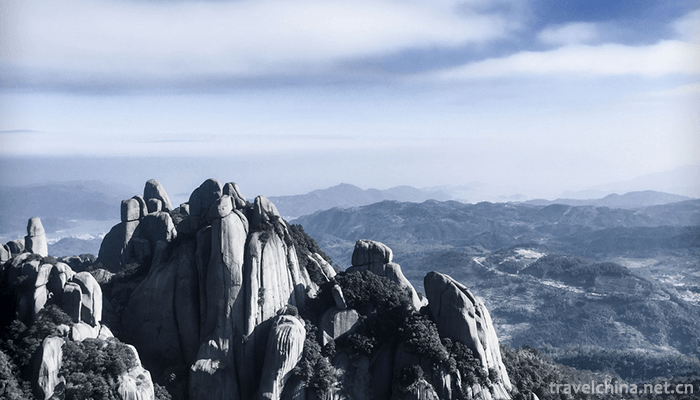
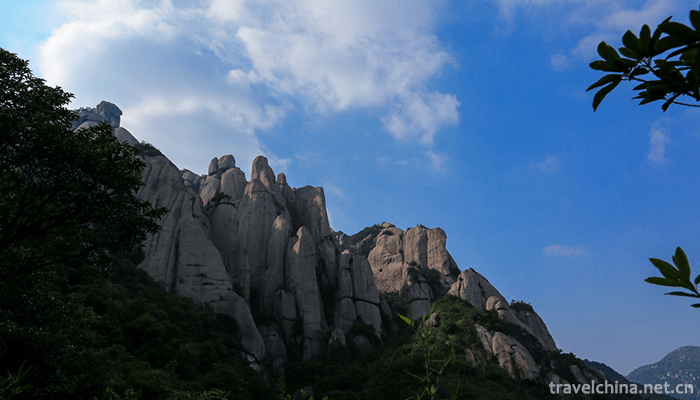
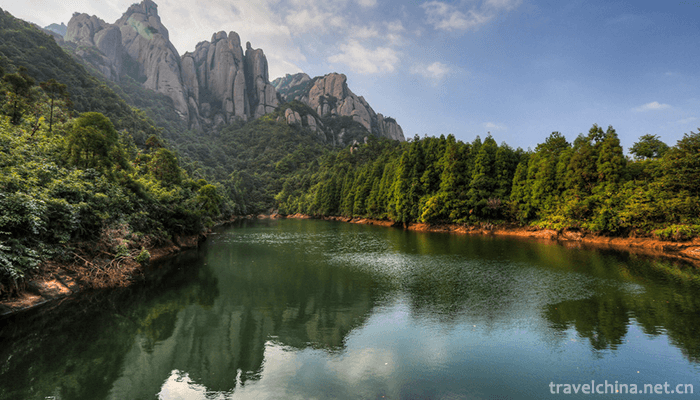
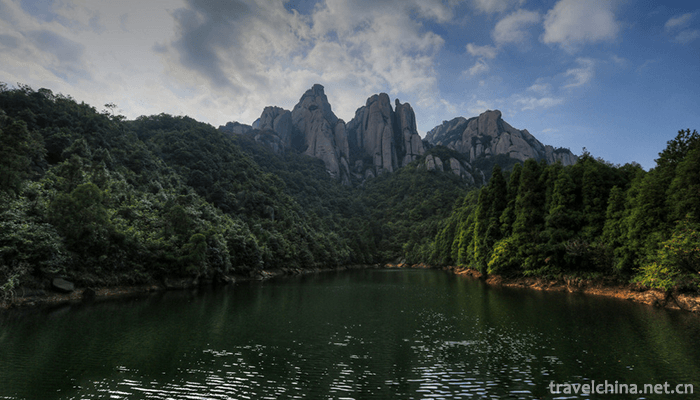
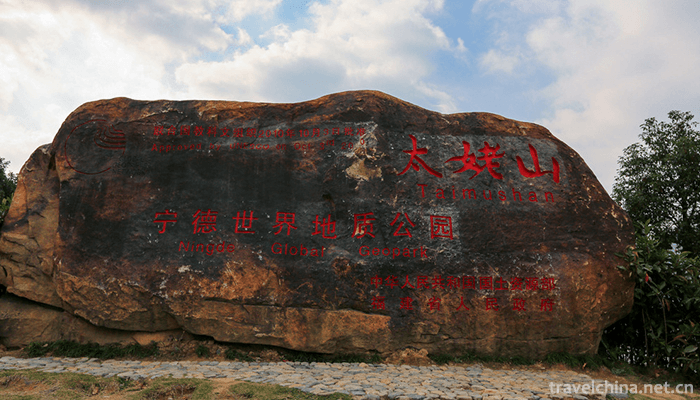

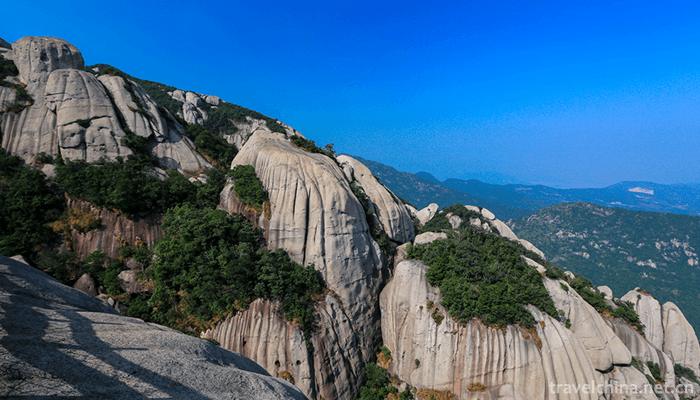
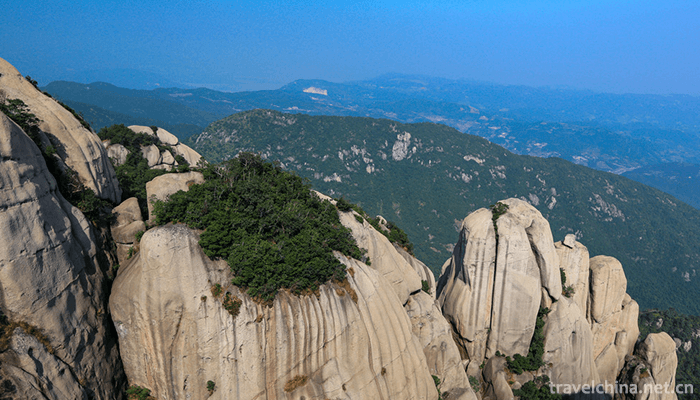
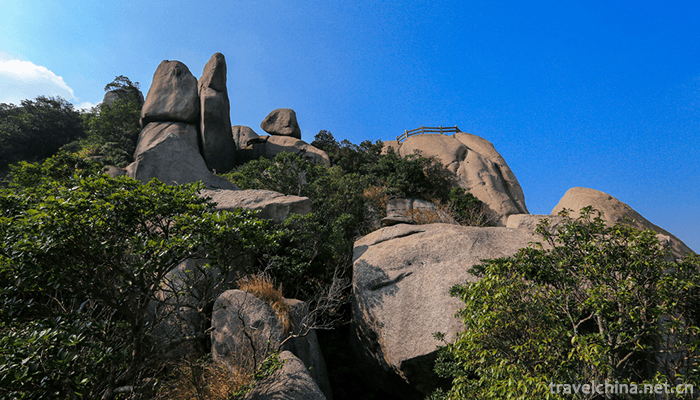
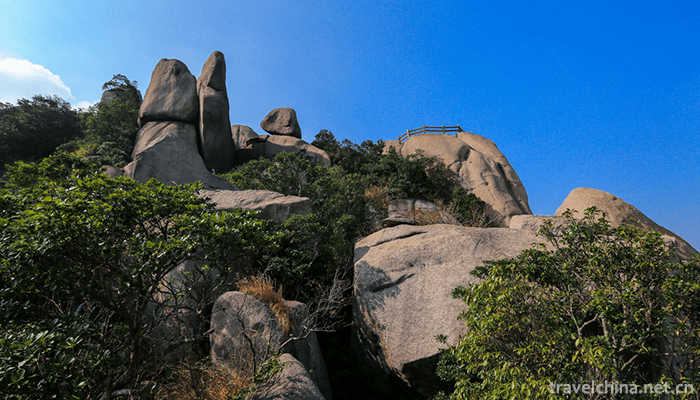
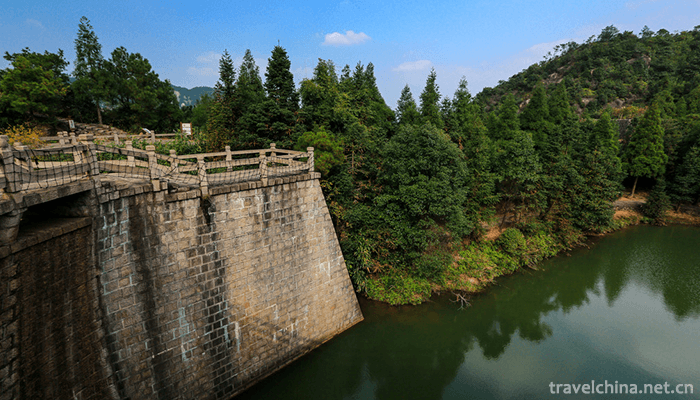

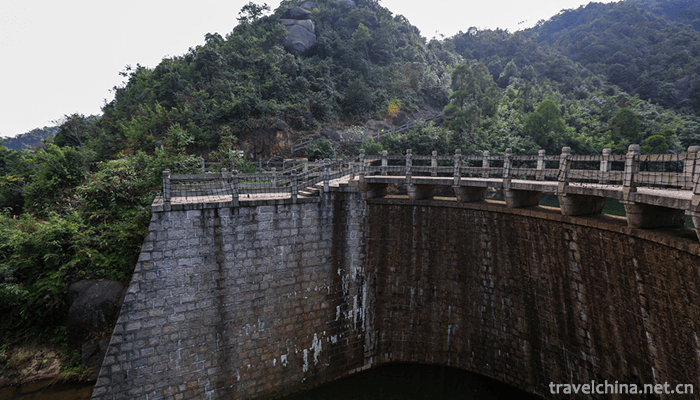
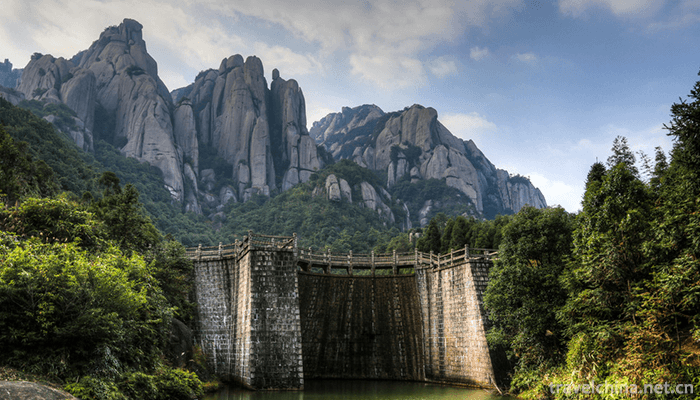
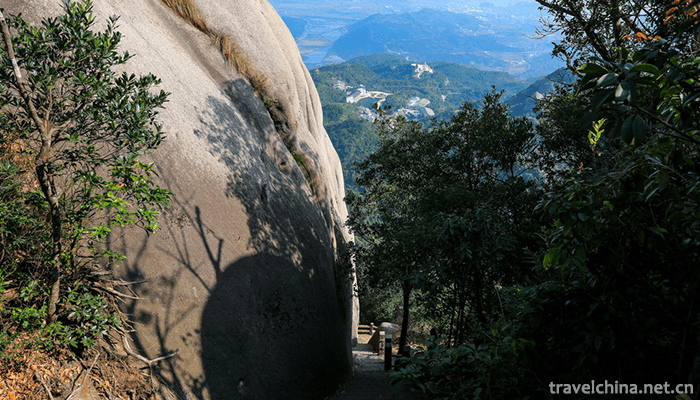
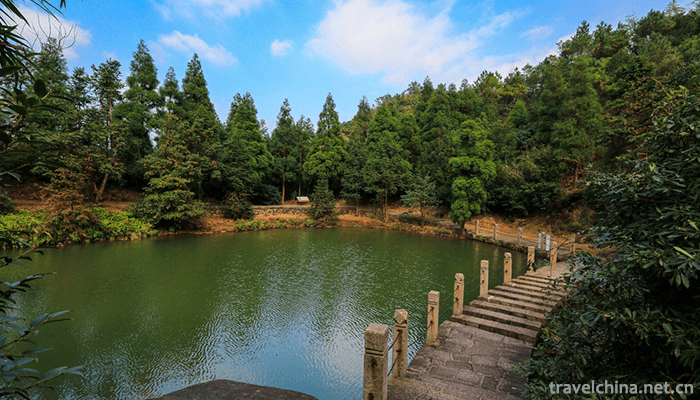
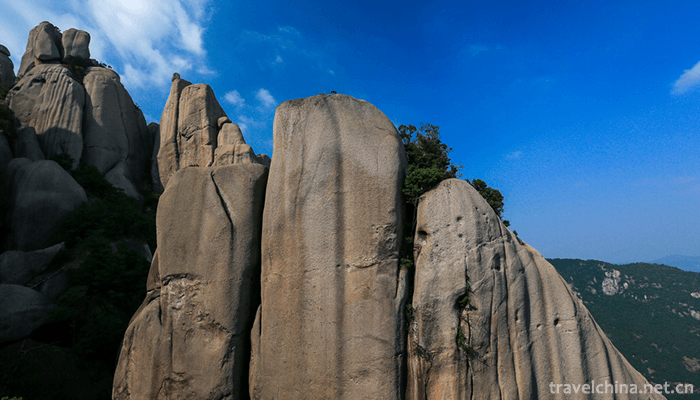
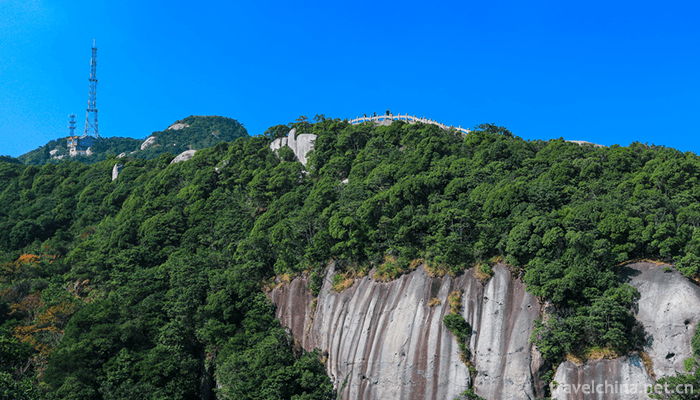
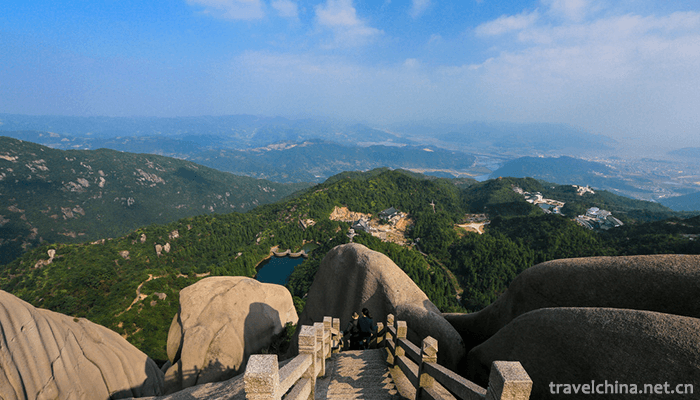
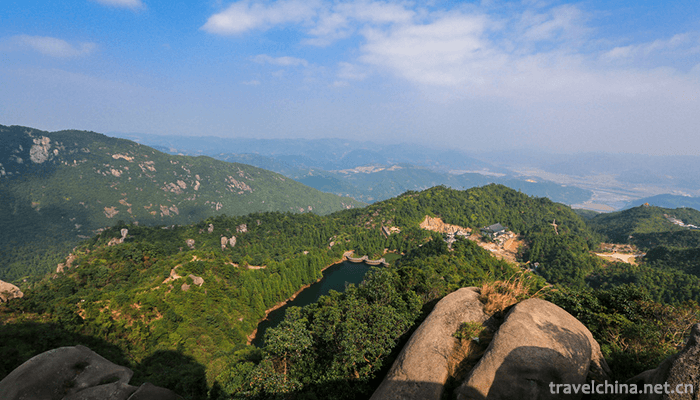

-
1.CITIC Golf Seaside Resort
Shantou CITIC (China International Trust and Investment Corporation) Resort Hotel is a foreign-related tourist resort hotel affiliated to Shantou Company of CITIC South China Group.
Time 2018-12-22 -
2.White Horse Temple Baima Temple
Baima Temple is located in Baima Temple Town, Luolong District, 12 kilometers east of the old city of Luoyang City, Henan Province. Founded in the eleventh year of Yongping in the Eastern Han Dynasty
Time 2019-01-02 -
3.Eight Diagrams Palm
The Eight Diagrams Palm, also known as the Traveling Eight Diagrams Palm and the Eight Diagrams Linked Palm, is a traditional Chinese boxing with the main changes of palm method and walking.
Time 2019-04-02 -
4.North Road Bangzi
Bangzi, also known as Shanglu Opera, is a local traditional drama in Datong, Shuozhou, Xinzhou and parts of Inner Mongolia and Hebei in northern Shanxi Province. It is one of the national intangible c
Time 2019-04-04 -
5.Tea Picking Opera
Tea-picking opera is a kind of traditional opera popular in Jiangnan and Lingnan provinces. It was mostly produced from the middle of Qing Dynasty to the end of Qing Dynasty.
Time 2019-04-04 -
6.Fengyang flower drum
Fengyang flower drum is also known as "flower drum", "beating flower drum", "flower drum gong", "double drum" and so on. Fengyang flower drum originated in Linh
Time 2019-04-29 -
7.High cavity
Gaoqiang is one of the four major tunes in Chinese opera. Gaoqiang was originally called "Yiyang Cavity" or "Yiqiang Cavity", because it originated in Yiyang, Jiangxi Province.
Time 2019-04-30 -
8.The Art of the Peking Solo stringed Orchestra
The unique charm of the unique stringed instrument art of the Jing ethnic minority in China. It is a non-material cultural heritage project of the Beijing solo string art in Guangxi Zhuang Autonomous
Time 2019-05-07 -
9.Guizhou opera
Guizhou Opera is one of the local operas popular in Guizhou Province. It evolved and developed from the opera Yangqin (also known as "Wenqin", "Guizhou Playing Ci")
Time 2019-06-10 -
10.lion dance
Lion dance, also known as "Lion Dance", "Lion Lantern", "Lion Dance", "Lion Dance", "Lion Dance", is one of the folk dances of all ethnic groups in Ch
Time 2019-06-14 -
11.Cross stitch of Chinese embroidery
The earliest cross stitch was embroidery on animal fur fabrics with silk extracted from silkworm cocoons. Later, it was used to decorate clothes and furniture. Cross stitch, with its simple embroidery method, noble and gorgeous appearance, exquisite
Time 2020-12-12 -
12.Animal resources in Neijiang
The animal resources in Neijiang are mainly livestock, poultry and some wild animals. Domestic animals include mammals, birds, insects, fish and domestic wild animals. There are pigs, cattle, sheep, rabbits and a small number of horses, mules and donkeys
Time 2020-12-16